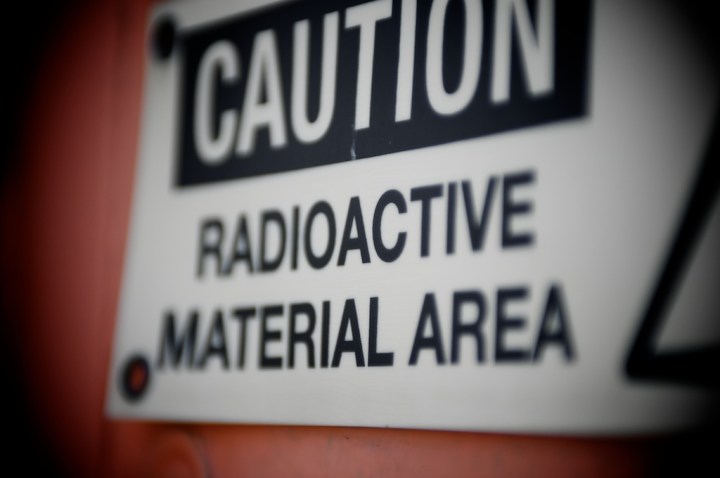
#China plans to build 20 floating #nuclear power stations to boost maritime construction https://t.co/htQilcXeJV pic.twitter.com/YZ7fO5oX5g
— People's Daily, China (@PDChina) April 21, 2016
Liu Zhengguo, an executive at the Corporation, has been quoted as saying that “demand is pretty strong” for the nuclear stations, and Chinese media reported that the government has plans to build up to 20 of these mobile plants. While the concept of floating nuclear power stations isn’t particularly new (Russia recently began building them for use in the Arctic), China’s move marks the latest in its ambitious five-year plan. As the New York Times reports, the nation currently boasts building more nuclear power stations than any other country.
“Nuclear reactors afloat would give the Chinese military sustainable energy sources to conduct their full panoply of operations, from air early warning and defenses and offensive fire control systems to anti-submarine operations and more,” Patrick Cronin, senior director of the Asia-Pacific Security Program at the Center for a New American Security, told the Chicago Tribune. And more concerning, perhaps, are the potential safety risks associated with such a large undertaking. “China has already done enough damage to the maritime environment by hastily building artificial islands and destroying irreplaceable coral reefs,” Cronin continued. “We do not need a nuclear accident in these importing fishing grounds and sea lanes.”


